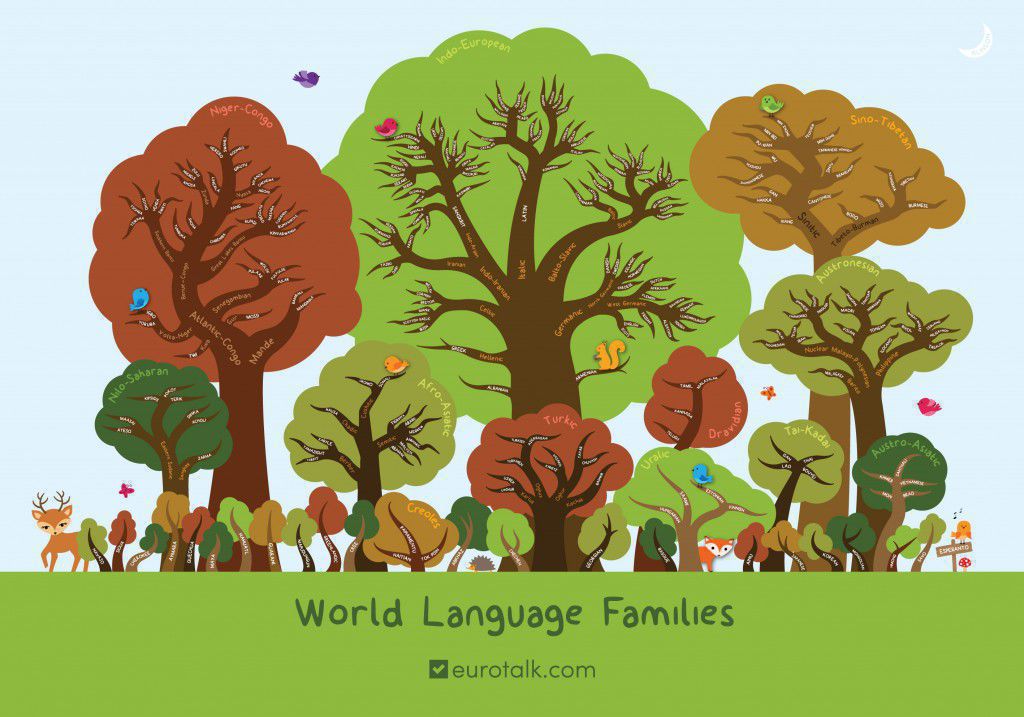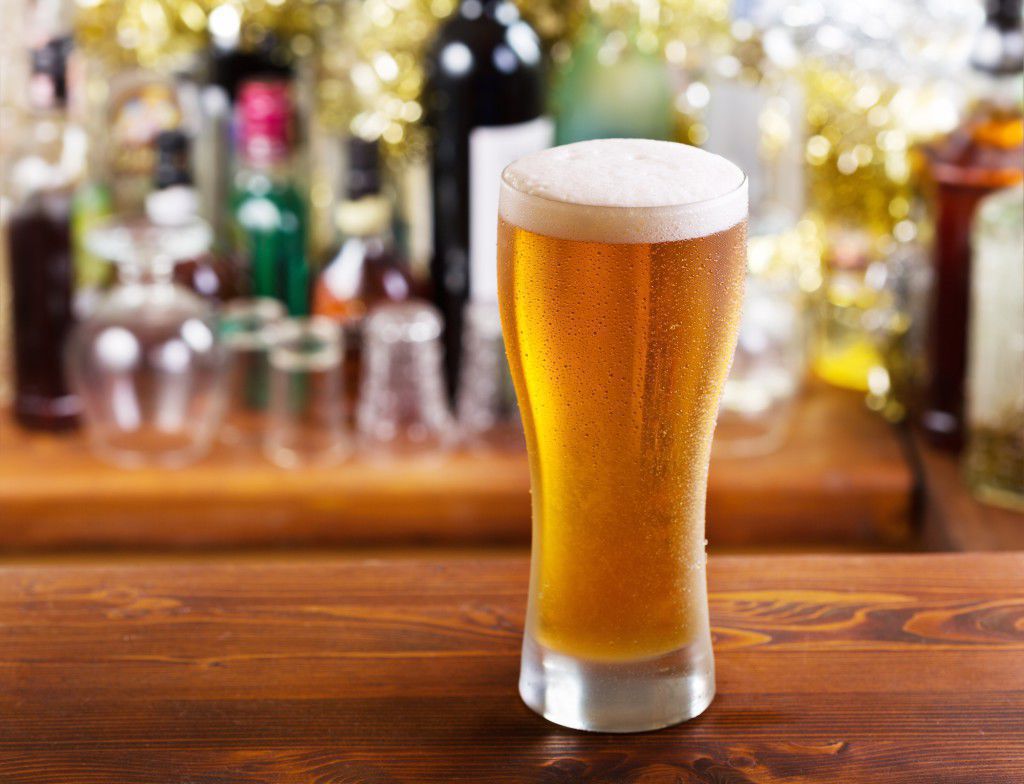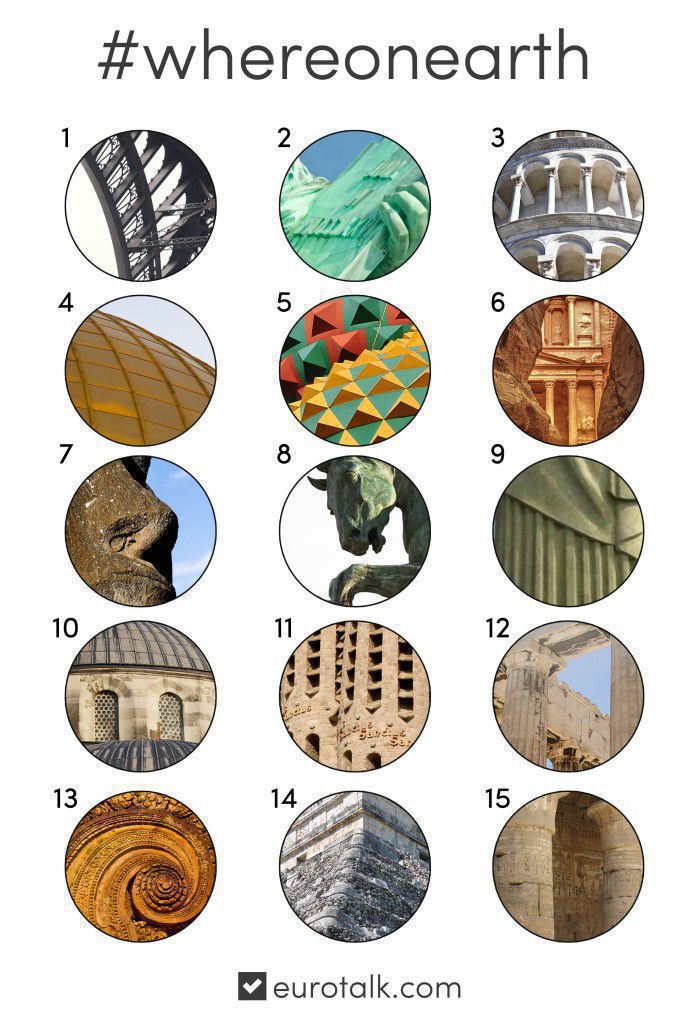5 great songs to help you learn English
Everyone knows the key to language learning is immersion, but upping sticks and moving to the country where your language originates from is a huge commitment and not always possible.
However. There are a few things you can do to help your learning along. Watching films (with or without subtitles, depending on how brave you are), reading an online magazine or newspaper entirely in the language you’re trying to learn, and if you’re really fearless, try changing the language on all your devices – phone, tablet, computer and so on. Just be sure you know enough words to change it back.
 My personal favourite way though, which I actually use myself when I am learning, is to listen to music. There is no quicker way to immerse yourself in a language, learn pronunciation, subject word order, vocabulary, colloquialisms, hidden meanings and double entendres, and so on. The list is technically endless and completely adaptable to whatever level you are.
My personal favourite way though, which I actually use myself when I am learning, is to listen to music. There is no quicker way to immerse yourself in a language, learn pronunciation, subject word order, vocabulary, colloquialisms, hidden meanings and double entendres, and so on. The list is technically endless and completely adaptable to whatever level you are.
Here are my five favourite English songs that I use in class with my students; what would you add to the list?
Passenger – Let Her Go
This song is perfect for learning English. The song is played just about everywhere so it’s instantly recognisable, the pace is not slow enough to make you feel daft but not so quick as to make you feel lost, and the most important thing is that Mike Rosenberg, the singer and face of Passenger, has a beautiful, clear voice that not only is nice to listen to but easy to understand.
Coldplay – The Scientist
Another really good song for learning. Clear lyrics, slow pace, understandable voice, (thanks, Chris Martin), and an interesting video to talk or think about once you know all the words. Resultant group discussions have included trains, drinking and driving, graffiti, and the environment. Watch the video if you’re not sure why.
Snow Patrol – Chasing Cars
What is good about this one is not so much the pace of the song but the simplicity of the lyrics. The verses are really short, and Gary Lightbody’s pronunciation on this one is a gentle exposure to the Irish accent in song. If you choose this song as one of the first to learn with, you’ll feel a real sense of achievement quickly because it’s such a simple one to learn.
Muse – Feeling Good
Music trivia for you first: did you know that this song was first written by Anthony Newley and Leslie Bricusse for the 1965 musical The Roar of the Greasepaint and has been covered by, amongst others, Nina Simone, Sammy Davis Jr and Michael Bublé? I have chosen the Muse version because I personally love Muse, plus Matt Bellamy’s voice on this one is slightly harder than my previous suggestions. Why is this a good thing? Well, the song is very recognisable and most people have heard at least one version of it, so when you hear this version you’ll likely know some of the lyrics already and will be exposed to yet another accent – and you’ll understand it. Bonus!
Maximo Park – Acrobat
I am a mean teacher. Or I can be. So when I am presented with a student who says they can understand all English lyrics and I know otherwise, I give them this track to try. Because all the verses on this track are spoken, which sounds easy, doesn’t it? It’s not. The beautiful Paul Smith is from Teeside, so firstly we have the exposure to the accent and secondly, he doesn’t speak slowly at all. By the time you get to the first chorus you’ll probably throw your pen down in relief and look at your paper in alarm with the five words you’ve managed to scribble down. But it’s worth it. I promise.
If you’re not sure how to use music to learn a language, here’s my ‘how to’:
- Choose a song and listen to it a couple of times.
- Listen again and start writing down the lyrics that you recognise. Repeat as often as your patience allows.
- Look up the lyrics, either with something like AZLyrics or Lyric Translate, the latter of which will actually have your lyrics and the translated version side by side.
- Watch a lyric video so you can see the words whilst you hear them. Singing is optional but hey, why not?
Sound easy? Give it a go!
Kelly
The language of beer
‘Two beers, please’ is perhaps one of the most useful phrases you can learn at the start of your language-learning journey (and, incidentally, one of the first items you learn with uTalk Essentials). You’ve made it to the country, you’ve struggled with buses from the airport and fought with taxi drivers over the fare. Now you’ve dumped your luggage and definitely deserve a nice, cool, refreshing beer, so into the pub you go.
There’s just one problem.
If you go into a pub in the UK and ask for a beer, there will be a follow-up question: Is that ale or lager?
The correct answer, by the way, is always ale. Ale, ale, ale, especially if you want to discover a little bit of Northern European culture. We do have lagers here too, of course, but ale is the more traditional drink, available in an enormous range of tastes and colours, served in short, squat pints (or tankards, if you’re lucky), as opposed to the tall spindly glasses that lager generally comes in.
But what is the difference, and why do you need to know about it?
Well, they’re two very different drinks. Very different! Lager is fizzy, cold and has a light flavour, whereas ale is flat and heavy (in fact, in Aberdeenshire, instead of ordering a pint of ale you order a pint of ‘heavy’) and definitely not as cold as lager. Ale drinkers rarely switch to lager and vice versa.
Why choose ale?
The great thing about ale is that there are thousands and thousands of different types, and any good pub will have at least four different ones on tap at any time (if they have fewer than that, just walk out and go somewhere else). You can usually ask to try one before committing to a full pint, as tastes can vary rather wildly in ale, from super-hoppy bitter numbers (again, ‘a pint of bitter’ will get you a pint of ale, if you want to experiment with English colloquialisms), to sweet, chocolatey types and light, refreshing ‘session’ ales. Depending on the region (and Kent, Norfolk and Cornwall are but three UK regions with a strong ale tradition), you might start to spot certain recognisable tendencies, or again you might find a brewery you like and be forever wedded to their creations. For me, anything by Skinners or Sharp’s wins hands-down over anything else on offer.
Still confused? We found this handy infographic by popchartlab that breaks it all down…
Got any thoughts on the different types of beer available in different countries? Do you have a preference for ale or lager? Let us know!
Nat
How to say ‘Father’ in 50 languages
We’d like to wish all the dads out there a Happy Father’s Day! To mark the occasion, here’s how to say ‘father’ in 50 languages…
If we missed the language you’re learning, you can probably find it in uTalk, which includes 120. Or let us know which language you’re looking for – chances are we’re working on it! 🙂
How do you say father in your language?
Embed This Image On Your Site (copy code below):
Friday Fun: Where on Earth…?
How well do you know your world monuments? Let’s find out!
Here are 15 landmarks from around the world… can you identify them? We need either the country or the city for each, or for bonus points, the name of the monument. (Okay, maybe not actual bonus points – but we’ll be really impressed.)
If you’d like to play, email your answers to challenge@eurotalk.com – get them all right and we’ll send you one of our fabulous uTalk mugs!
To get a closer look, click on the image to make it bigger.
Good luck, and Happy Friday!
The Language Forest: how are world languages related?
Have you ever wondered how different languages in the world are related to each other? Some of the answers may be surprising…
Did you know, for example, that the Finnish language isn’t directly related to Danish or Norwegian? It’s actually a Uralic language, in the same family as Hungarian and Estonian, whereas the others are North Germanic.
Or that Korean and Basque are two examples of a language isolate, which means they’re not related to any other language in the world?
According to Ethnologue, the Indo-European language family has the most speakers (2.9m), although the Niger-Congo family includes the most languages (1,524).
To find out more, check out our forest of language family trees below. Please click on the image to make it bigger and have a good look around; you may well discover languages you never knew existed…
(Please note: the forest doesn’t include every language in the world; it would have been difficult to fit all 6,000+ in! So if we’ve missed off your language, we’re really sorry and hope you’ll forgive us.)
 If you’d like to share the image on your own blog or website, you’re more than welcome – please use the embed code below. We also include a free poster-sized copy of the language forest with all our CD-ROM and USB products (available from eurotalk.com), with a world language map on the reverse.
If you’d like to share the image on your own blog or website, you’re more than welcome – please use the embed code below. We also include a free poster-sized copy of the language forest with all our CD-ROM and USB products (available from eurotalk.com), with a world language map on the reverse.
We hope you enjoy exploring the language forest 🙂
Embed This Image On Your Site (copy code below):




